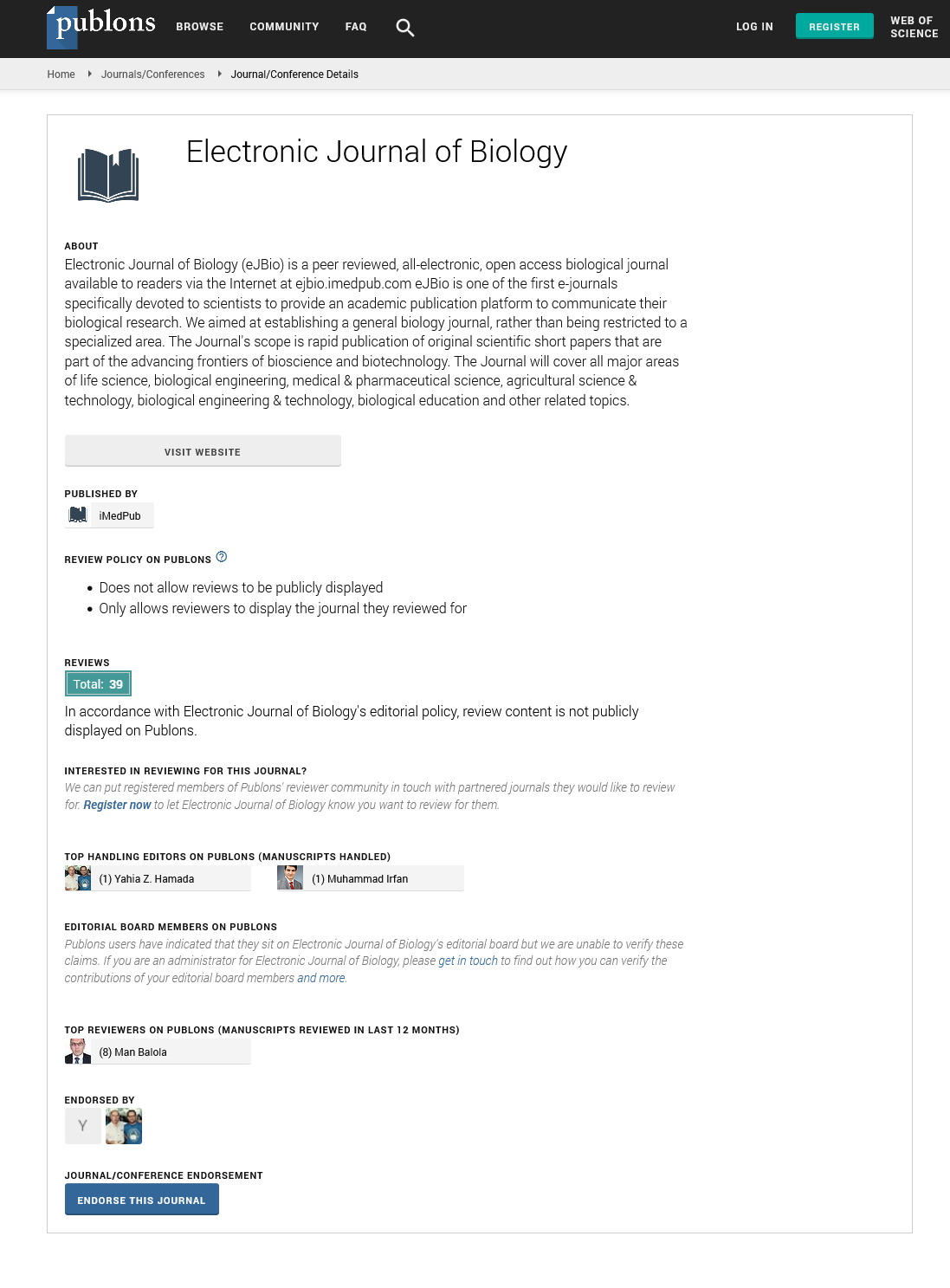Abstract
Molecular Study of the Prevalence of CTX-M1, CTX-M2, CTXM3 in Pseudomonas aeruginosa Isolated from Clinical Samples in Tabriz Town, Iran
Background: Pseudomonas aeruginosa is the most common pathogen causing nosocomial infections. One of the reasons for the drug resistance in the Pseudomonas aeroginosa strains is the production of Extended-Spectrum Beta-lactamases enzymes. This study aimed to determine the antibiotic resistance and the frequency of the Extended-Spectrum Betalactamases enzymes (CTX-M1, CTX-M2, CTX-M3) in the Pseudomonas aeroginosa strains isolated in the hospitals of Tabriz Town. Methods: The Pseudomonas aeroginosa strains were collected from different samples of patients admitted to hospitals and medical centers in Tabriz Town during the period from 26th December, 2014 to 25th December 2015. After identifying the phenotypic and genotypic identity (16Sr RNA) and performing antibiogram test, the phenotype of ESBLs in the bacterium of Pseudomonas aeruginosa was evaluated by double-disk synergy method. Then the bacterial DNA was extracted, studied and evaluated by PCR method and using special primers for the frequency of genes. Results: 110 Pseudomonas aeruginosa strains were identified from 1500 clinical specimens collected from the hospitals and medical centers in Tabriz Town that their highest resistance was related to the antibiotics of Amikacin (81.81%), Nalidixic acid (89.09%) and Ceftriaxone (75.45%) and the lowest one was related to the antibiotics of Tetracycline (44.54%) and Gentamicin (50.09%). The highest gene frequencies of ESBLs are related to the genes of CTX-M1 (27.27%), CTX-M2 (23.63%) and CTX-M3 (9.09%), respectively. Conclusion: The genes studied in this research were all on the chromosomes of the bacterium of Pseudomonas aeruginosa. So, investigating the genes of ESBL such as CTX-M1 which has the maximum frequency in the clinical specimens of Pseudomonas aeruginosa seems necessary.
Author(s):
Abolfazl Jafari Sales, Reza Fathi, Haedeh Mobaiyen, Farnaz Rasi Bonab, Khatereh Babayi Kondlaji, Mobara Sadeghnezhadi
Abstract | Full-Text | PDF
Share this

Google scholar citation report
Citations : 5001
Electronic Journal of Biology received 5001 citations as per google scholar report
Electronic Journal of Biology peer review process verified at publons
Abstracted/Indexed in
- Google Scholar
- China National Knowledge Infrastructure (CNKI)
- CiteFactor
- Electronic Journals Library
- Zoological Records
- WorldCat
- Proquest Summons
- Publons
- MIAR
- Openaccessarticles.com
- Secret Search Engine Labs
Open Access Journals
- Aquaculture & Veterinary Science
- Chemistry & Chemical Sciences
- Clinical Sciences
- Engineering
- General Science
- Genetics & Molecular Biology
- Health Care & Nursing
- Immunology & Microbiology
- Materials Science
- Mathematics & Physics
- Medical Sciences
- Neurology & Psychiatry
- Oncology & Cancer Science
- Pharmaceutical Sciences


